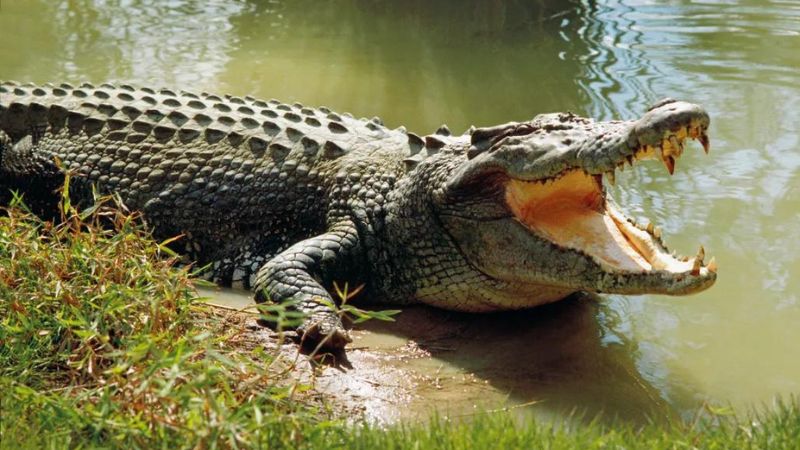The United States is home to a diverse array of wildlife, including some of the world’s largest reptiles. From formidable crocodiles to the impressive leatherback sea turtle, these creatures are both fascinating and vital to their ecosystems. Here’s a closer look at the largest reptiles still living in the U.S.
Saltwater Crocodile
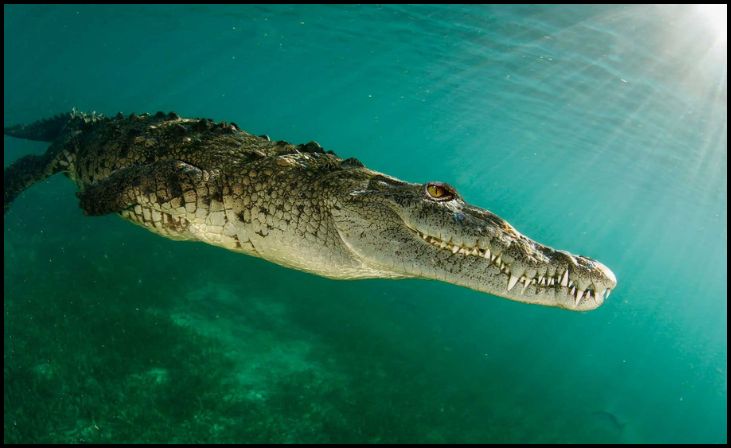
The saltwater crocodile is the largest living reptile, known for its immense size and strength. These crocodiles are impressive not only for their size but also for their remarkable ability to travel between areas separated by sea. They use ocean currents to conserve energy during long journeys. Although they are not commonly found in the U.S., occasional sightings have been reported in southern Florida, likely due to their ability to navigate vast distances.
Nile Crocodile
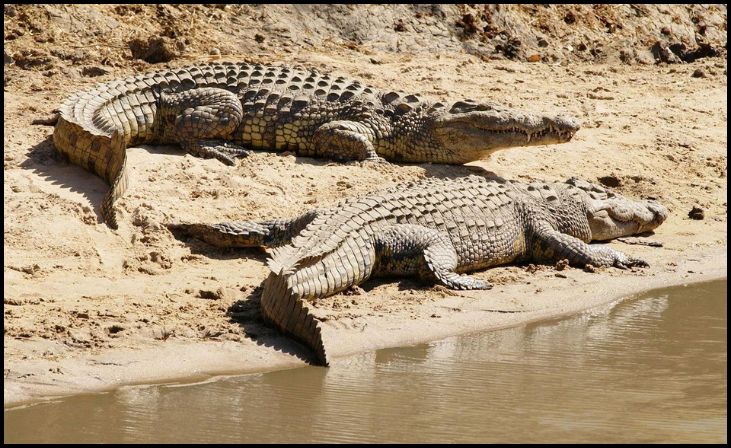
While the Nile crocodile is native to Africa and Madagascar, it has been introduced to the U.S., particularly in Florida. These crocodiles are the largest freshwater predators in their native regions and are often seen in groups sharing basking spots and food sources. Their presence in the U.S. is relatively rare and generally limited to exotic animal facilities or private collections.
Orinoco Crocodile
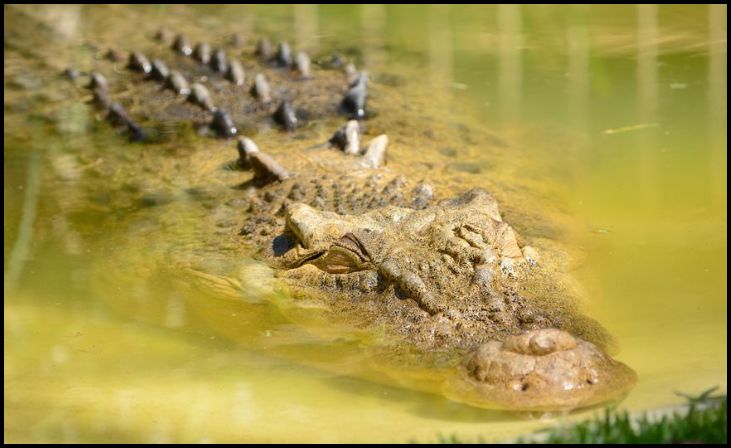
The Orinoco crocodile is critically endangered and primarily found in the Orinoco Basin in South America. However, some individuals have been kept in captivity in the U.S. for conservation purposes. They are known for their distinctive coloration, which aids in camouflage, helping them blend into their surroundings. Conservation efforts are crucial for the survival of this species, making their presence in U.S. facilities important for educational and breeding programs.
Black Caiman

Native to the Amazon Basin, the black caiman is the largest predator in its habitat. With remarkable strength, it can take down a wide variety of prey. In the U.S., black caimans are primarily found in zoos and wildlife parks. These reptiles play a significant role in their ecosystems, and their presence in captivity helps raise awareness about the importance of protecting their natural habitats.
American Crocodile
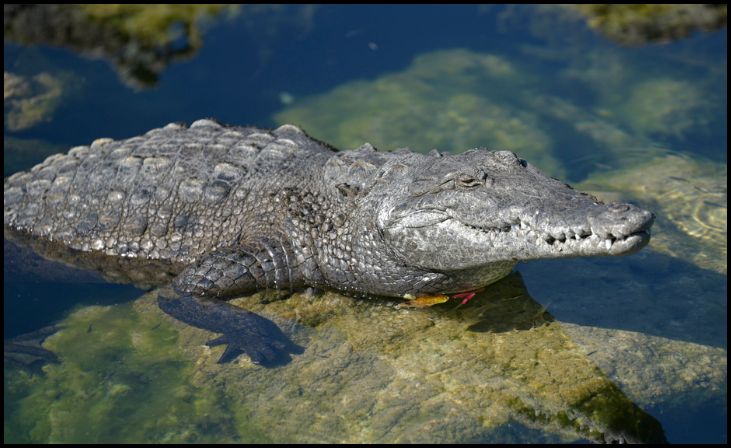
The American crocodile thrives in saltwater habitats, distinguishing itself from alligators by its sensitivity to cold temperatures. They are primarily found in the southern parts of Florida, such as the Everglades and the Florida Keys. These crocodiles are a crucial part of the coastal ecosystem, contributing to the balance of the food chain and the health of their environment.
Leatherback Sea Turtle
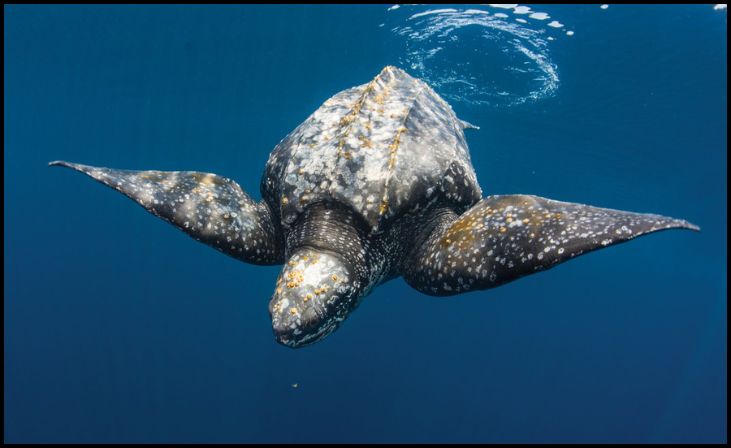
The leatherback sea turtle is the largest turtle species, renowned for its ability to perform deep dives and swim rapidly. Unlike other turtles, the leatherback lacks a hard shell, which allows for greater flexibility and maneuverability in the water. These turtles can be found along the Atlantic and Pacific coasts of the U.S. during their long migratory journeys. Conservation efforts are essential to protect these incredible sea creatures from threats like pollution and habitat loss.
Gharial (Gavial)
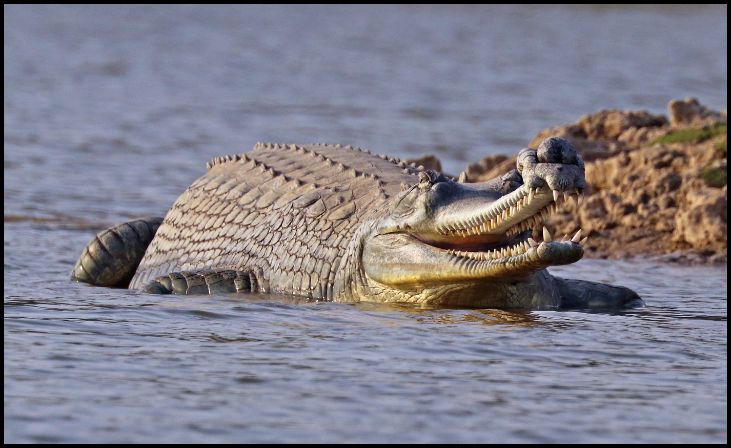
The gharial is easily recognizable by its long, narrow snout, adapted for fish hunting. Highly aquatic, the gharial is primarily found in river systems in India and Nepal. However, some U.S. zoos and aquariums house gharials as part of international conservation efforts. These reptiles are fascinating to observe and play a vital role in educating the public about biodiversity and conservation.

